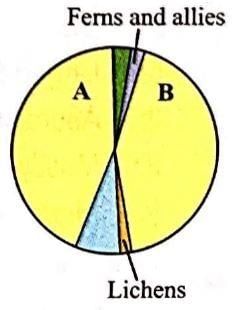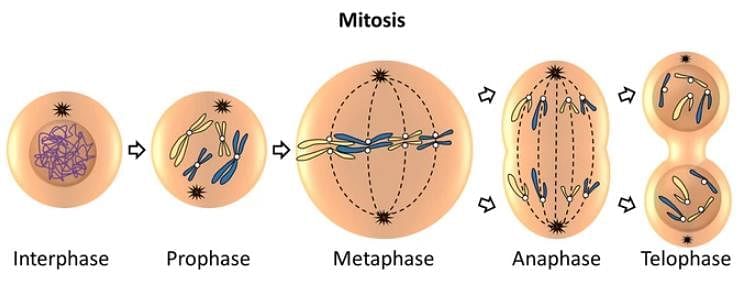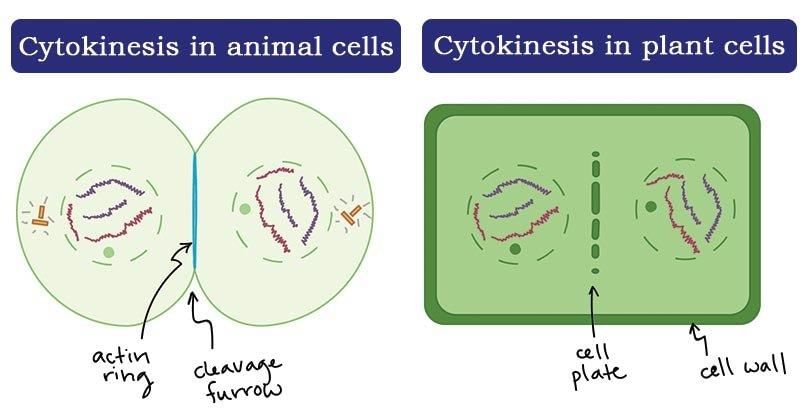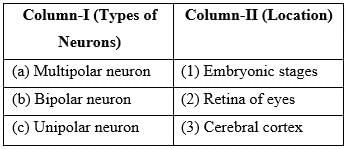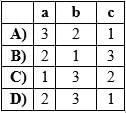SRMJEEE Biology Mock Test - 7 - JEE MCQ
30 Questions MCQ Test - SRMJEEE Biology Mock Test - 7
The component which is not required in PCR is _______.
The amount of DNA in a mammalian cell in early prophase I is x.
What is the amount of DNA in the same cell in anaphase I of meiosis?
What is the amount of DNA in the same cell in anaphase I of meiosis?
Some nucleic acids behave like enzymes, these are called:
Plant Cytokinesis differ from animals Cytokinesis in having
What prevents molecules with a molecular mass greater than 68000 passing from the glomerular capillaries into Bowman’s capsule?
Study the following statements regarding Bt toxins produced by bacterium Bacillus thuringiensis and select the correct one.
Which occurs during the light reaction of photosynthesis
Which of the following changes occur in diaphragm and intercostal muscles when expiration of air takes place?
Steps involved in genetic engineering are:
1. Maintenance of introduced DNA in the host.
2. Transfer of DNA in its progeny.
3. Identifying DNA with desirable genes.
4. Introduction of identified DNA into the host.
Match the following : Algae groups with their correct characteristics

Careful analysis of records shows that extinctions across taxa are not random. Which of the following taxa are more vulnerable to extinction?
In agarose gel electrophoresis, DNA molecules are separated on the basis of their:
Bt toxin gene has been cloned from the bacteria and expressed in plants to provide resistance to insects without the need for insecticides. Examples of such plants are
Read the following and choose the correct option:
(i) Blood vessels include arteries and veins. Arteries carry blood from the heart to body parts and veins bring back blood from the body parts to the heart.
(ii) The blood vessel which carries blood from the heart to the lungs is a pulmonary artery and it carries oxygenated blood.
Study carefully the given flow chart and fill in the blanks (A), (B), (C), (D) and (E).

What is the function of the globular head of a meromyosin molecule?
Given below are two statements:
Statement-I: RNA polymerase catalyses polymerisation in a template-independent manner in the 5' → 3' direction.
Statement-II: In prokaryotes, translation can begin much before the mRNA is fully transcribed.
Which of the following is not true about the given organism?

______ of the pollen grain divides to form two male gametes.
Fascinating array of patterns and designs are seen in:
Which one of the following concerns with photophosphorylation :-
[AIPMT–2003]
Select the events that do not occur in interphase stage of cell-cycle
(i) RNA and protein synthesis.
(ii) Cytoplasmic growth.
(iii) Polymerisation of spindle fibres protein.
(iv) Disappearance of Golgi bodies and ER.
(v) DNA molecules in highly supercoiled stage.
Identify the groups of organism marked A and B in the given pie diagram representing the proportionate number of species of major taxa of plants.
